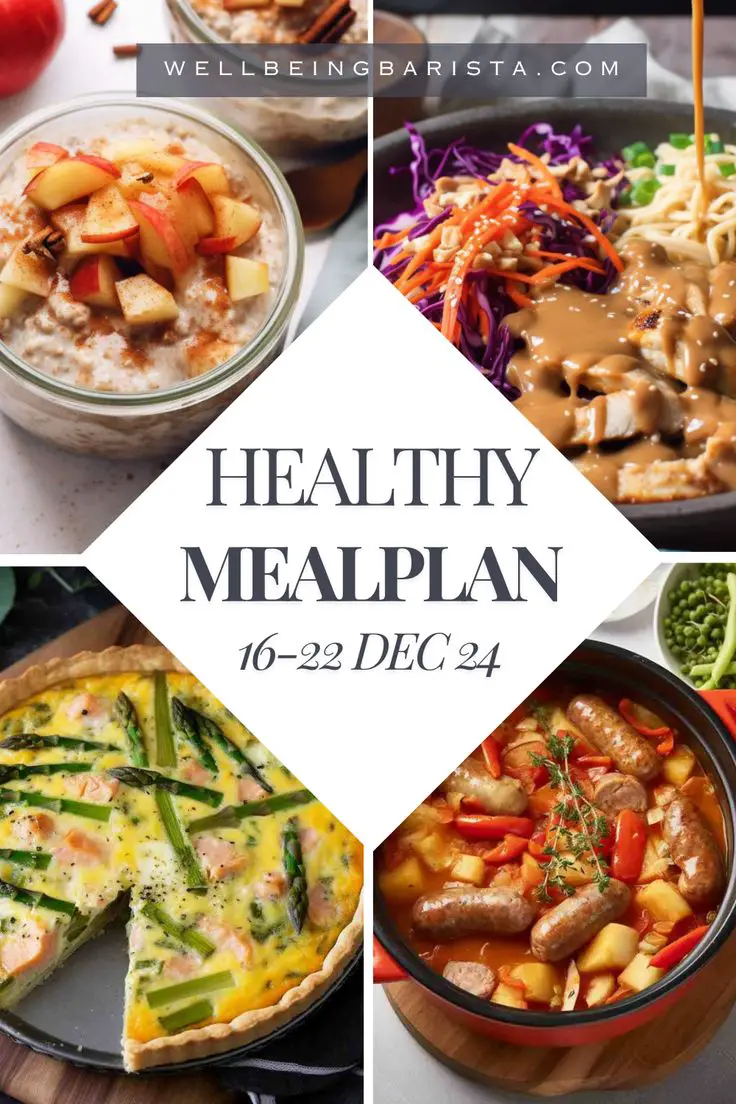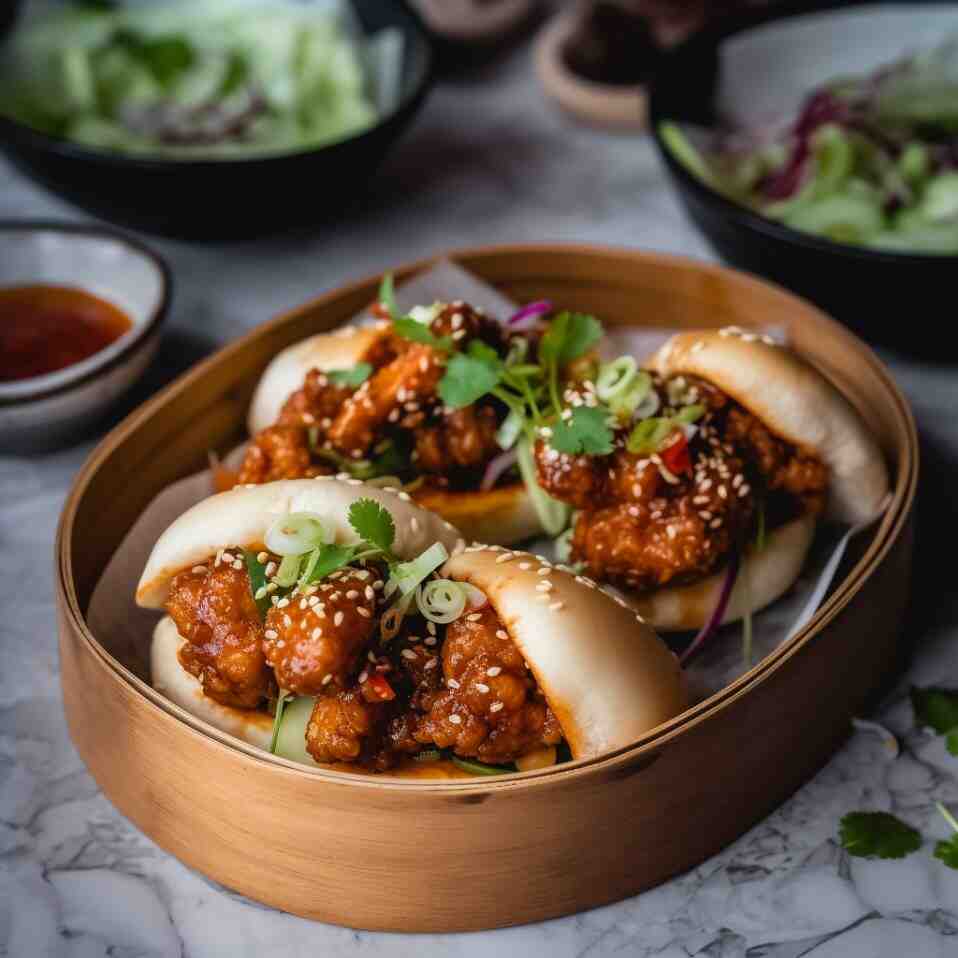Korean meal planning means discovering a world where flavours intertwine with health-conscious choices. This article takes you through the basics of crafting a week of nourishing Korean dishes, from iconic bibimbap to comforting soups. Join us as we delve into the principles of Korean cuisine that harmonize taste and well-being.
What is a typical Korean meal?
A typical Korean meal is characterized by a balanced combination of rice, vegetables, and protein, and often includes various side dishes. Here’s a breakdown of the components of a traditional Korean meal:
- Rice (Bap): Rice is a staple in Korean cuisine and is usually served as the main carbohydrate source. It can be steamed white rice or mixed with other grains like barley.
- Soup/Stew (Guk/Jjigae): A bowl of soup or stew is common in Korean meals. Soups are typically light and clear, while stews are heartier and often spicier. They can be made with vegetables, tofu, seafood, or meat.
- Main Dish (Gangjung): This is the protein component of the meal, which can include dishes like bulgogi (marinated and grilled meat), galbi (grilled short ribs), dakgalbi (spicy stir-fried chicken), or samgyeopsal (grilled pork belly).
- Banchan (Side Dishes): One of the most distinctive features of Korean meals is the variety of side dishes that accompany the main dishes. Banchan can include kimchi (fermented vegetables), namul (seasoned vegetables), jeon (pan-fried pancakes), jangjorim (soy-braised beef), and much more. The number of banchan can vary from a few to a dozen, depending on the occasion.
- Kimchi: Kimchi, a fermented vegetable dish often made with Napa cabbage and radishes, is an integral part of Korean cuisine. It is served as a side dish with almost every meal and provides a mix of flavours and textures.
- Sauce/Dip (Ssamjang): Ssamjang is a spicy dipping sauce commonly used for wraps. It’s made from a mixture of doenjang (soybean paste), gochujang (red pepper paste), garlic, and sesame oil.
- Pickled Items: Various pickled items like pickled radishes, cucumber, and garlic may also be served as part of the meal.
- Seasoned Rice and Noodles: Sometimes, rice or noodles are seasoned with various ingredients to create dishes like bibimbap (mixed rice with vegetables, meat, and sauce) or japchae (stir-fried glass noodles with vegetables and meat).
- Dessert/Fruit: Korean meals may also include a small portion of fresh fruit or traditional Korean sweets as dessert.
Korean meals emphasize communal eating, with diners often sharing the various dishes placed at the centre of the table. The variety of flavours, textures, and ingredients in a typical Korean meal reflect the nation’s rich culinary traditions and the importance of balance and harmony in eating.
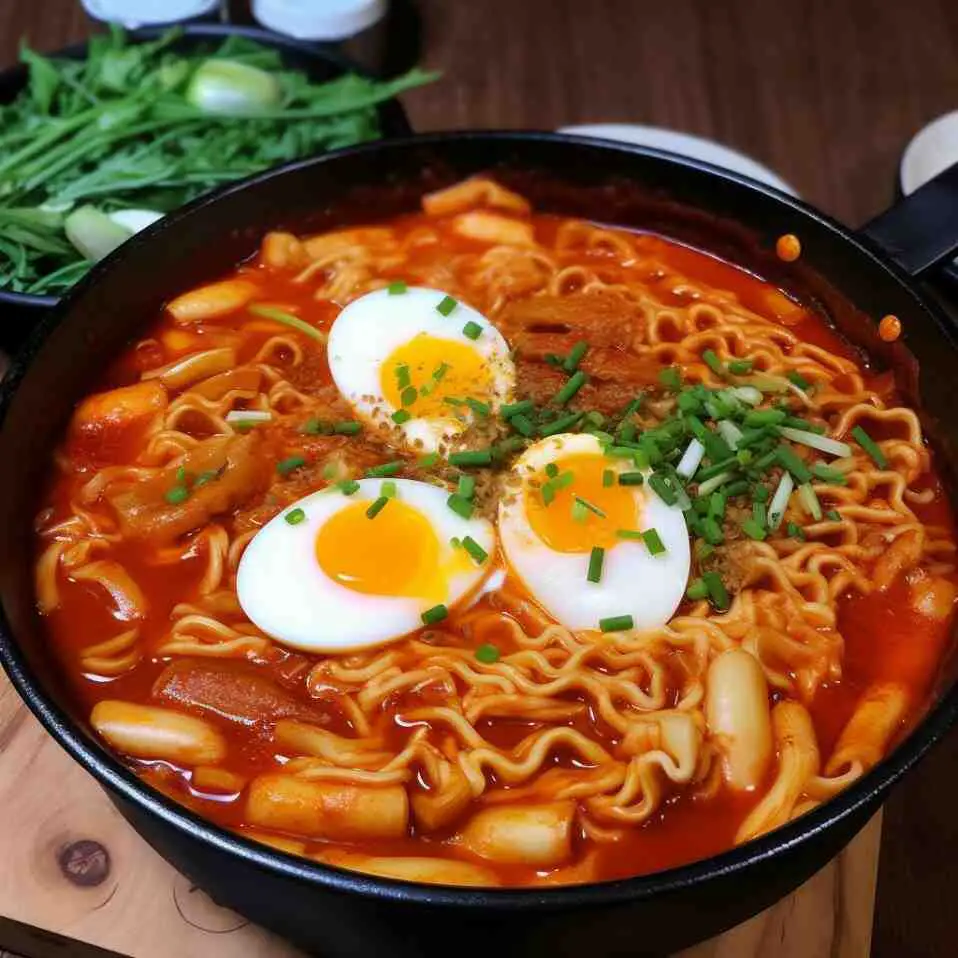
How many meals do Koreans eat in a day?
Traditionally, Koreans have typically eaten three meals a day: breakfast, lunch, and dinner. However, in recent years, the eating habits of many Koreans have evolved due to changing lifestyles, work schedules, and influences from Western culture. As a result, some people might now opt for a lighter breakfast or incorporate snacks between meals. Here’s an overview of the meal structure:
- Breakfast (Achim): Traditionally, Korean breakfasts were relatively simple and often included rice, soup, and a few side dishes, similar to other meals. However, modern urban lifestyles have led to many Koreans opting for quicker and lighter breakfasts, such as cereal, toast, yoghurt, or fruit. Some traditional breakfast items like juk (rice porridge) or gimbap (seaweed rice rolls) are still enjoyed.
- Lunch (Jeomsim): Lunch is typically a substantial meal in Korean culture. It often includes rice or noodles with a main dish, side dishes, and possibly a small serving of soup. Many office workers and students prefer to have a quick and affordable lunch, often from restaurants or food stalls near their workplaces or schools.
- Dinner (Jeonyeok): Dinner is another important meal in Korean culture. It’s often a time for families to gather and share a meal. A typical Korean dinner includes rice, soup, a main dish, and various banchan (side dishes). Like lunch, dinner can vary in complexity and formality depending on individual preferences and circumstances.
- Snacks: While traditional Korean eating habits did not include frequent snacking, modern lifestyles have led to an increase in snacking. Street food, convenience store snacks, and other quick bites have become more common between meals.
It’s important to note that eating habits can vary widely from person to person, and there is no one-size-fits-all approach to the number of meals or snacks consumed in a day. Additionally, cultural practices may differ between generations and regions within South Korea.
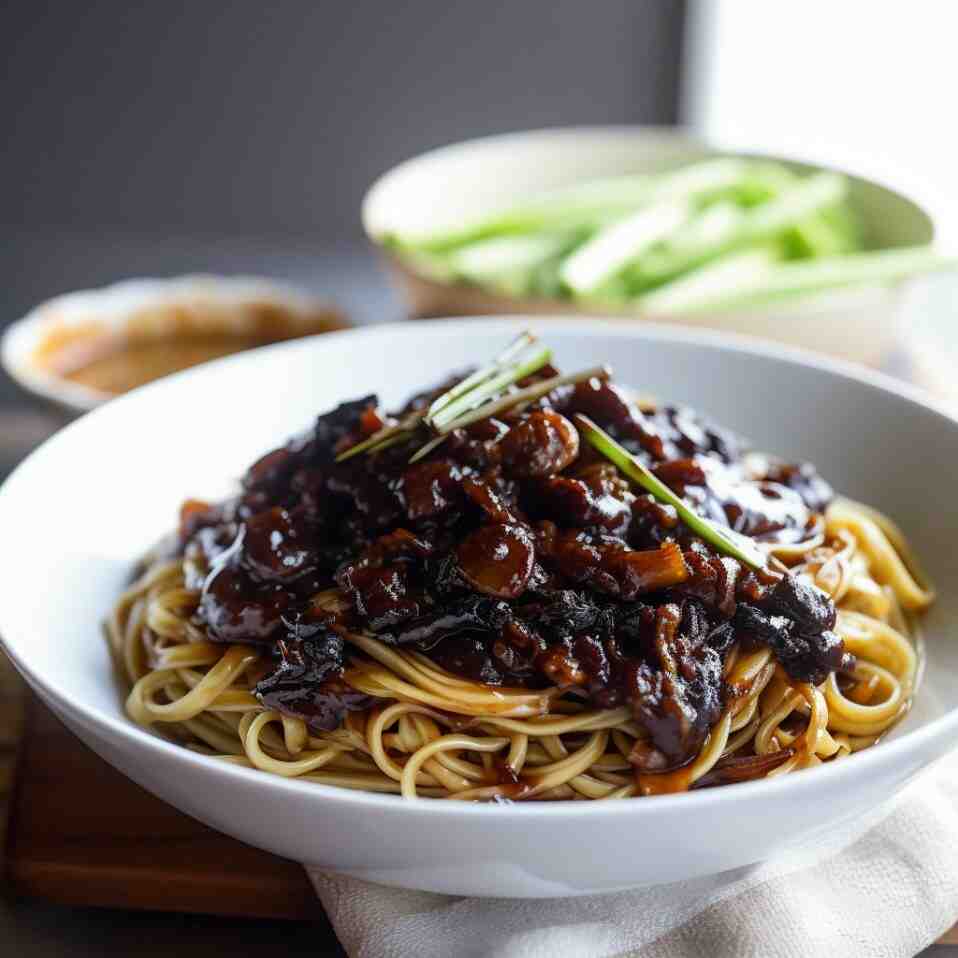
Korean meal plan for a week
Day 1: Monday
- Breakfast:
- Korean-style seaweed rice rolls (Gimbap)
- Lunch:
- Bibimbap (mixed rice with vegetables, meat, and egg)
- Dinner:
- Grilled Korean BBQ (Bulgogi) with lettuce wraps
- Kimchi
- Snack:
- Roasted seaweed snacks
Day 2: Tuesday
- Breakfast:
- Vegetable and seafood pancake (Haemul Pajeon) or Korean Potato pancake with cheese (Gamjajeon)
- Lunch:
- Spicy soft tofu stew (Kimchi Sundubu Jjigae) with rice
- Dinner:
- Snack:
- Mixed nuts with dried fruits
Day 3: Wednesday
- Breakfast:
- Lunch:
- Dakgalbi (Spicy stir-fried chicken) with rice or bao buns
- Dinner:
- Samgyetang (Ginseng chicken soup)
- Snack:
- Fresh fruit like Korean pears or apples
Day 4: Thursday
- Breakfast:
- Korean-style rolled omelette (Gyeran Mari)
- Lunch:
- Kimbap (Seaweed rice rolls) with various fillings
- Dinner:
- Bossam (Boiled pork belly) with oysters and kimchi
- Snack:
- Rice cakes (Tteok) with a light soy sauce dip
Day 5: Friday
- Breakfast:
- Steamed buns filled with red bean paste (Jjinppang)
- Lunch:
- Dinner:
- Grilled mackerel (Godeungeo Gui) with seasoned vegetables
- Snack:
- Crispy seaweed crackers
Day 6: Saturday
- Breakfast:
- Rice porridge with vegetables and seafood (Juk)
- Lunch:
- Kimchi fried rice with tofu
- Dinner:
- Galbitang (Beef short rib soup) with rice
- Snack:
- Yogurt with honey and chopped fruits
Day 7: Sunday
- Breakfast:
- Korean-style seaweed soup (Miyeok Guk) with rice
- Lunch:
- Dumplings (Mandu) with dipping sauce
- Dinner:
- Spicy stir-fried squid (Ojingeo Bokkeum) with rice
- Snack:
- Steamed edamame beans
Remember to balance your meals with a variety of vegetables, proteins, and grains. Drink plenty of water throughout the day, and feel free to adjust portion sizes based on your activity level and dietary needs. Enjoy your Korean meal plan!
For More Korean Recipes:
Is Korean food good for Weight Loss?
Korean cuisine can potentially support weight loss due to several factors, but as with any type of cuisine, it depends on the specific choices you make within that cuisine. Here are some aspects of Korean food that can be beneficial for weight loss:
- Vegetable-Rich Dishes: Korean meals often feature a variety of vegetables, which can provide essential nutrients, fibre, and bulk to help you feel full with fewer calories.
- Lean Protein: Many Korean dishes incorporate lean protein sources like tofu, seafood, and lean cuts of meat. Protein helps to increase feelings of fullness and supports muscle maintenance while promoting weight loss.
- Fermented Foods: Kimchi and other fermented foods are staples of Korean cuisine. These foods are rich in probiotics, which can aid in digestion and potentially support weight loss by influencing gut health.
- Portion Control: Korean meals are typically served with a variety of small side dishes (banchan) that encourage portion control. Consuming a diverse range of smaller portions can help prevent overeating.
- Low-Fat Cooking Methods: Korean cooking often involves methods like grilling, steaming, and boiling rather than frying, which can help reduce calorie intake.
- Spices and Flavorful Ingredients: Korean cuisine uses a range of spices and flavorful ingredients like garlic, ginger, and gochujang (red pepper paste) that can enhance the taste of dishes without relying on excessive fats or sugars.
Ultimately, the key to successful weight loss is creating a calorie deficit by consuming fewer calories than you burn. Incorporating a variety of nutrient-dense foods, including those from Korean cuisine, can help you reach your goals, but it’s essential to make mindful choices that align with your weight loss plan. Consulting with a healthcare professional or registered dietitian can provide personalized guidance based on your specific needs and preferences.
However, it’s important to note that not all Korean dishes are inherently low in calories. Some dishes, especially those that are fried or contain rich sauces, can be calorie-dense. Here are a few considerations to keep in mind when using Korean cuisine as part of a weight loss strategy:
- Balance and Moderation: While Korean cuisine can offer healthy options, it’s still important to maintain a balanced diet and be mindful of portion sizes.
- Be Mindful of Sauces: Some Korean sauces can be high in sugar and sodium, which may impact weight loss efforts. Opt for dishes with lighter sauces or ask for sauces on the side.
- Limit White Rice: Rice is a staple in Korean cuisine, but if you’re looking to manage your carbohydrate intake, consider moderating your rice portion or opting for brown rice or other whole grains.
- Watch Fried Foods: Dishes like fried chicken (Korean fried chicken) and fried snacks can be high in calories and unhealthy fats.
- Stay Hydrated: Drink plenty of water throughout the day to stay hydrated and manage hunger.
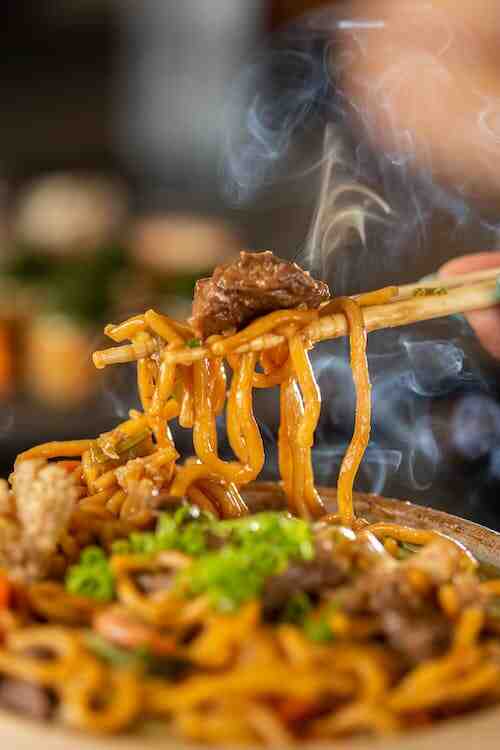
You might like more…

